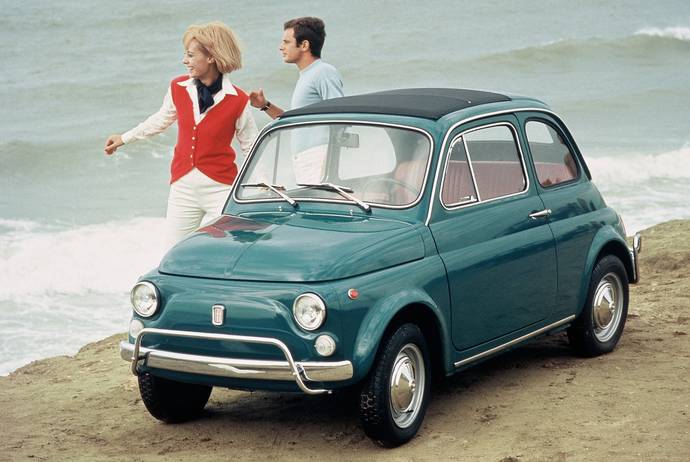Mardi Gras, Martedì Grasso, or “Fat Tuesday” is a pre-Lenten celebration that falls the day before the Catholic Holy Day of Obligation, Ash Wednesday. The celebration originated from the religious practice of foregoing meat during the season of Lent in reverence of Christ’s fast for forty days and nights before the Resurrection on Easter Day. The tradition of "Fat Tuesday" stands for consuming the rest of the meat and fatty foods to avoid wasting it, this has transformed into the famous celebrations we know and love today.
In the United States, New Orleans hosts parades packed with marchers, revelers, and lavish floats based off traditions that can be traced back to the earliest French settlers in the southern United States. In Italy, Venice is transformed into the Carnival, a world famous festival complete with elaborate masks, theatric performances, and parades through Piazza San Marco.
Venice
In Venice the very first Mardi Gras, or Martedì Grasso, began in 1162 on the very same day the Serenissima Repubblica, modern day Veneto, conquered the Patriarch of Aquileia for independence. The celebration was an annual affair that was centered on the Catholic tradition of the final tolerance of meat before the 40 days of Lenten fasting. Thus, the title "Carnevale" was conceived; which translates in Latin to "Farewell Meat."
Masks are widely popular in the Venetian tradition of Carnivale, the first mention dates back to 1268. Year after year partakers created intricate masks worn with long capes, causing ignorance of social order to fellow carousers. Back then and even today, the most popular mask was symbolic of what Plague doctors wore. It covers the upper face and is unique with a long beaklike apparatus whose origional design was to hold herbs that detered and filtered the pestilence, protecting those who wore it from breathing in the rampent illness.
Patrons and visitors alike munch on soft fried dough rounds smothered in powdered sugar called frittelle,but the most anticipated affair is the parade in Piazza San Marco. Many continue to wear masks and capes to maintain the tradition, Carnivale last two weeks in its entirety and hosts about three million people.
New Orleans
The French origin of the Mardi Gras celebration is traced back to a French Canadian explorer named Jean Baptiste Le Moyne, Sieur de Bienville who settled outside modern day New Orleans in the early 1700s the day before Ash Wednesday. The Catholic voyagers celebrated the feast day, and since then merrymaking grew larger and larger.
In the 1800s the first procession took place complete with illuminated torches, carriages, and horseback riders. The popular tradition of throwing purple, gold, and green beads began when the Grand Duke Alexei Alexandrovich of Russia, visited for the famous carnival. The bead colors were selected in representation of the Romanoff family crest; purple signifies justice, gold for power, and green for faith. Following the arrival of the Duke, paper-mache floats and animal costumes processed down the streets for decrative and political reasons. In today’s Mardi Gras festivities, attendees of the New Orleans carnival dawn themselves in the same colored beads, costumes, and create massive floats in the day long extravaganza which 1.5 million attend annually.
To go along with the aspect of giving up indulgences, the origination of “Fat Tuesday,” a French dessert called “King Cake” is consumed each year. It is made with brioche dough and sprinkled with purple, green, and gold sugar. Some party hosts hide a plastic baby inside, whoever is served with the slice with the figurine inside is responsible for hosting the celebration the following year.
In both New Orleans and Venice massive crowds gather to preserve an age old tradition, both complete costumes, processions, and delishious foods; however, the two world famous events are quite different. Which would you prefer?







































